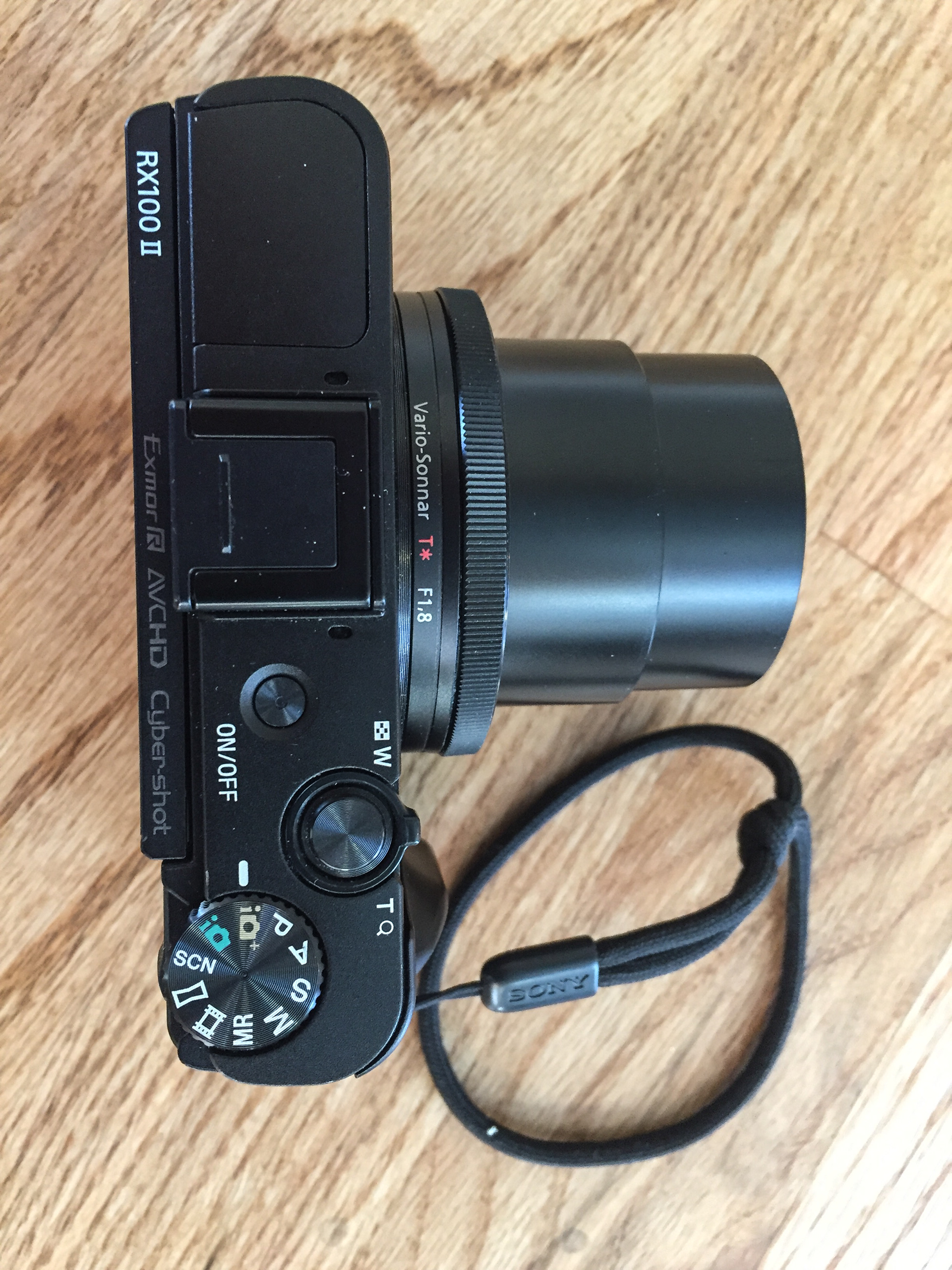Sony RX-100 II
As I explain here, the purpose of my backpacking photography is to enhance the backpacking adventure. The Sony RX-100 II is the camera that best lets me accomplish this with a price point vs image quality that makes sense for me.



So, why does this camera work so well?
- Shoots RAW, jpeg, or RAW + jpeg. RAW captures so much more than a jpeg (jpeg is the camera's best guess of how all the lights and colors should be combined). The RAW file has all the data that the camera captured. Not only does this result in better images, it allows you to balance the light in Adobe Lightroom so that the photograph actually looks like what you saw, not the camera's interpretation of what was there.
- Allows for full manual mode. This allows you to fully control the aperature, exposure, and ISO, giving you full control of the light that will hit the sensor, which paints the picture.
- Allows for astrophotography, so you can photograph the stars and milky way.
- Burst mode allows for 10 frames per second (in RAW). While most backpacking photos don't need that capture rate, I have used this capability to capture photos of a hiking buddy going off a jump on his snowboard on one of our trips, and horses before they ran off on this trip.
- Tilt screen. This facilitates taking photographs at odd angles as well as star shots.
- Image stabilization. Lots of my shots are taken on the move and this helps eliminate the shake/fuzziness that can come with on-the-move photography.
There are 5 models of the Sony RX 100. I use the 2nd generation model. Later models do have some more capabilities, but also add significantly to the price.
I have customized the camera just a bit. I added an aluminum grip, which really helps me hang onto it better. The camera housing was just a little too small for my hands to securely hang on, especially with cold/numb hands.
Finally, I use the Pedco UltraPod for my tripod. This is small, which means I'm either down on the ground to use it or standing it on a rock, or strapping it to a tree/branch with the included strap (which also securely wraps it up). However, it is very light and the size makes it easy to stick in a pack. The tripod helps in low-light situations as well as capturing more "flowing" type images when water is moving.

